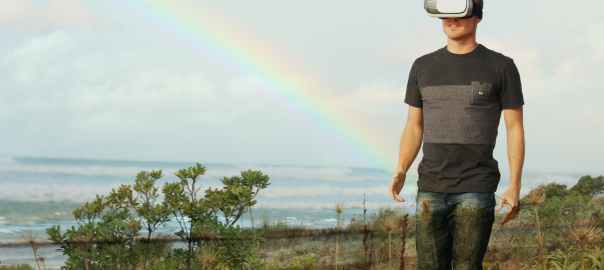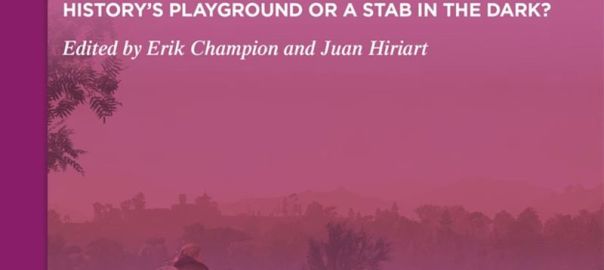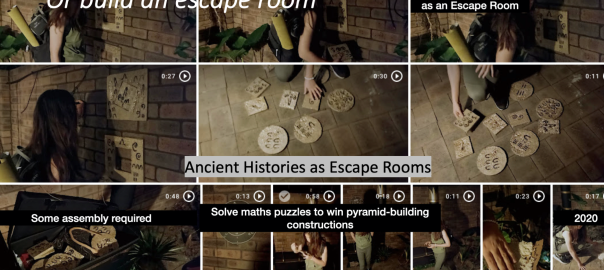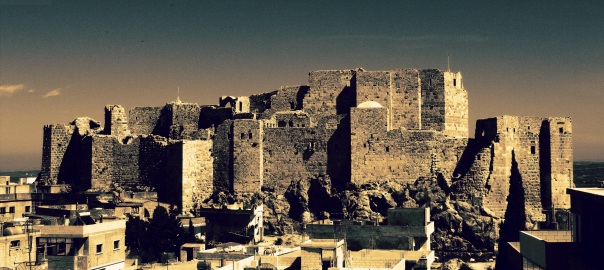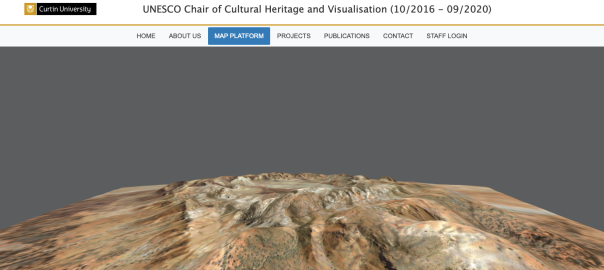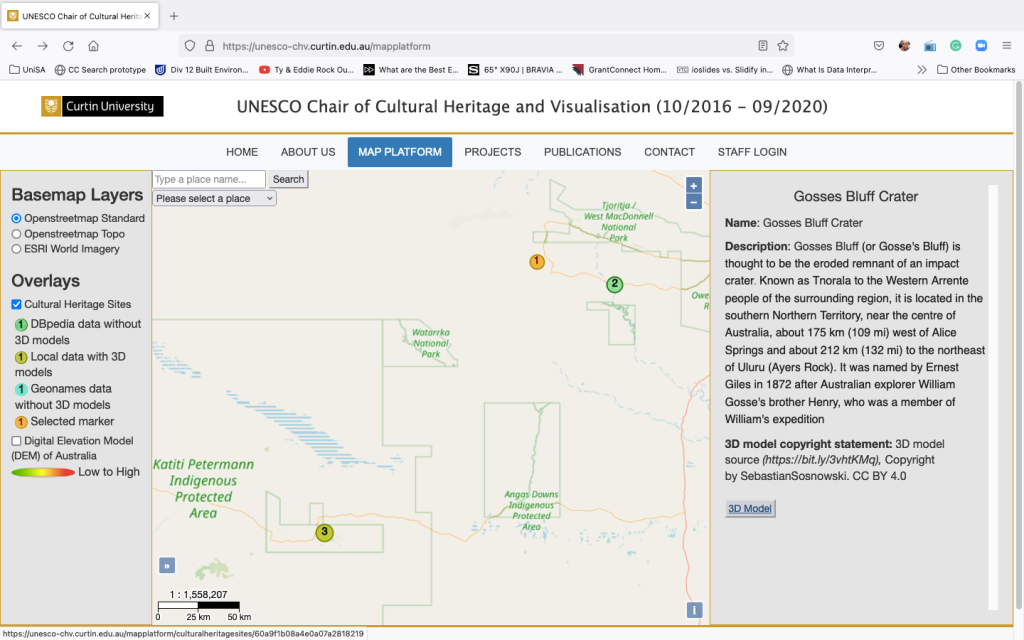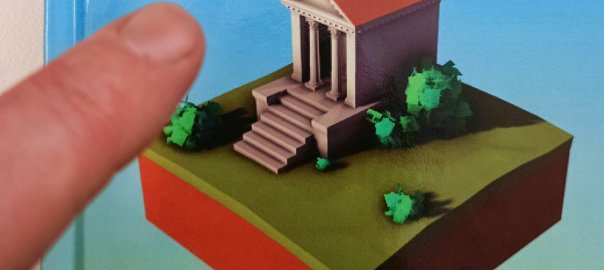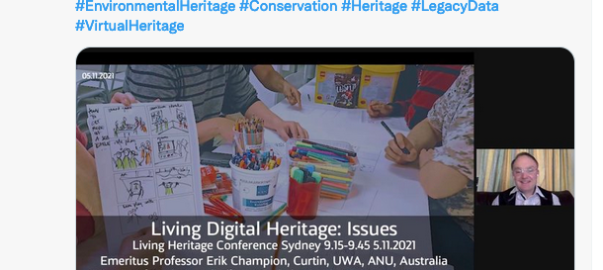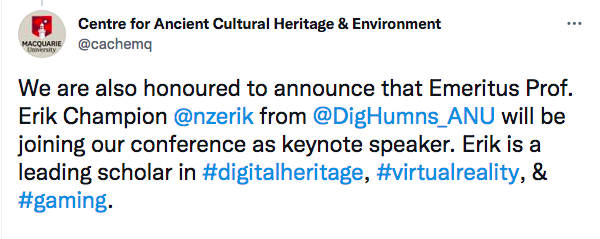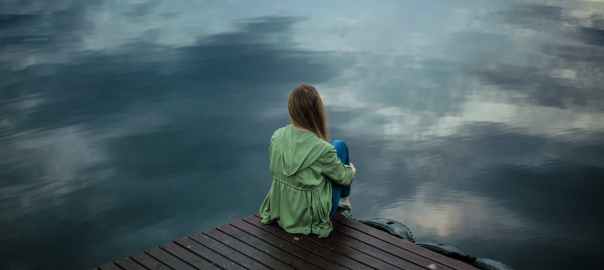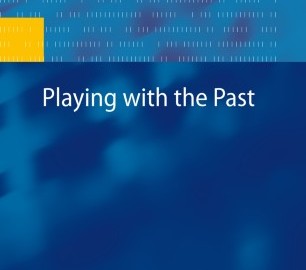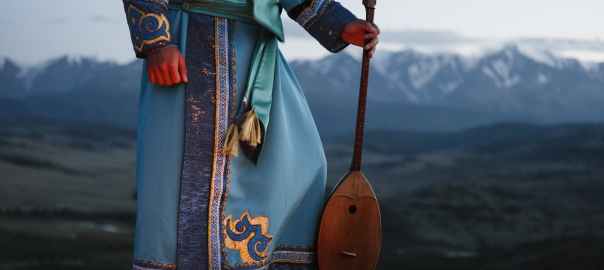This year the Computing Applications and Quantitative Methods in Archaeology Conference is running in person in Oxford, UK and virtually. CAA2022 will be held 8-11 August 2022.
If you are interested, CAA2022’s first session is calling for papers on cultural presence. Elaine contacted me about this for the last CAA (that was postponed) and it sounds very interesting so, hopefully, some of you can make it. You can also submit individual papers to CAA2022.
S01: iN Deep: Cultural Presence in Immersive Educational Experiences (Other)
Elaine A Sullivan, University of California Santa Cruz
Sara Perry, Museum of London Archaeology
Paola Derudas, Lund University
Virtual Reality (VR), Augmented Reality (AR), and Mixed Reality (XR) technologies are increasingly incorporated into university classrooms and public education in the GLAM sector (galleries, libraries, archives, and museums). The potential to use these technologies to engage students and the public with archaeological knowledge (such as site reconstructions, artefacts, or re-imagining the activities of past peoples) is exciting, but these forms of representation, including the use of individual headsets, tablets, and personal mobile phones, come with particular challenges. In his book Critical Gaming (2015), Eric Champion argued that virtual realities should express ‘cultural presence,’ the meaning and significance of a time, place, or object to people of the past.
Hyper-reality, photogrammetry, and ever-increasing levels of ‘accuracy’ in 3D models do not inherently convey aspects of cultural significance and meaning, and many VR/AR/XR experiences fall dramatically short of the goal of expressing the importance of past places and things to
their original communities. Emphasis on technological and (especially) hardware innovation often deflects attention from critically engaging with questions of meaning-making.
This panel asks those creating or intensely using Archaeology VR/AR/XR to focus NOT on software, hardware, or the latest technical innovations, but on how we as archaeologists can better design, create, or curate experiences that inspire and educate students and the public on the cultural importance of archaeological spaces, objects or themes.
What are successful techniques to aid a visitor to better understand the original context of an object now placed in a (often far off) museum or gallery? How can university instructors incorporate the (problematically individual) headset or mobile experiences into pedagogy to provide meaningful and active student learning? How can complex data be usefully layered or curated so that multiple types of museum visitors or classes could find it informative and emotionally resonant? How can we turn these increasingly popular technologies into serious spaces of cultural learning and curiosity, moving beyond the initial ‘wow’ factor
Format
Instead of traditional 20 minute talks, we request that participants present 8-10 minutes in depth on one VR/AR/XR experience they have designed and/or utilized in a university or GLAM setting (not a general review of multiple types of work). We ask participants to present and explain aspects of design and interaction and their intent in that experience; or, if the content was not designed by the presenter, how content was incorporated, curated, or enhanced for the classroom or GLAM experience.
Specifically, we ask presenters to think thoughtfully and critically about how we might collectively learn to use these technologies in more informed ways, including: What types of interactions with students or the public have shown promise, and how might we build on those successes? What practices have not worked, and how might we learn from our failures? What particular aspects of archaeological and cultural heritage knowledge are best emphasized in the VR/AR/XR experience? What is key to re-using content created by others, including content created by non-archaeologists?
The session will be divided into four sections:
- 1st group of presentations, ~five presenters (10 minutes per presentation)
- a ~30 minute ‘hands-on’ period** where participants and the audience will be able to engage/interact directly with the presented content from both presentation groups
- 2nd group of presentations, ~five presenters (10 minutes per presentation)
- concluded by a ~30-minute Q&A session for the full group of presenters and audience
We hope this format will allow the audience to engage directly with the content before opening up the session for questions and comments. The goal is to turn this session into a workshop that helps all present work more critically with VR/AR/XR content and improve how we communicate scholarly information at the university and GLAM setting.
**We therefore ask participants to commit to bringing their discussed content uploaded or downloadable in some format that can be shared directly with others: including (but not limited to) VR headsets, Google cardboard, AR apps pre-installed on tablets or smart phones, etc.
References
Champion, E. (2015). Critical Gaming: Interactive History and Virtual Heritage. Ashgate Publishing, Ltd.

